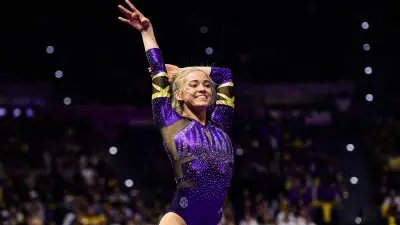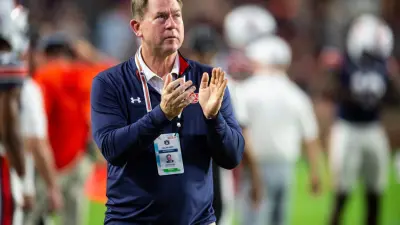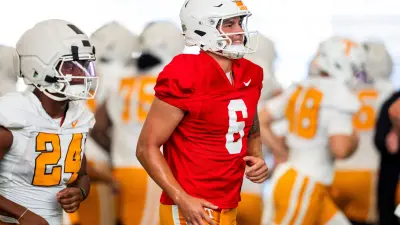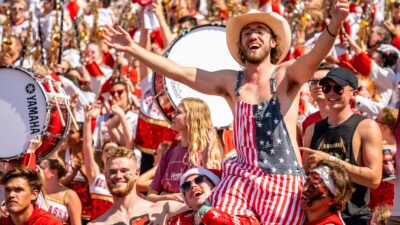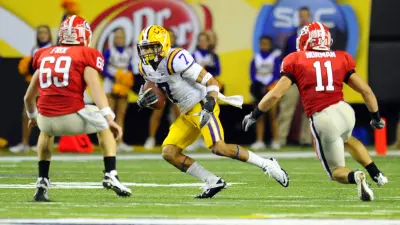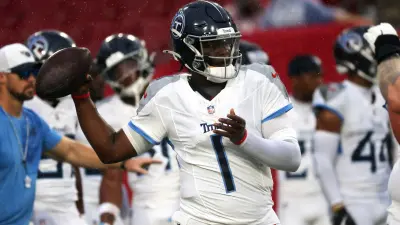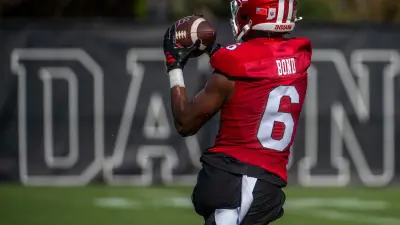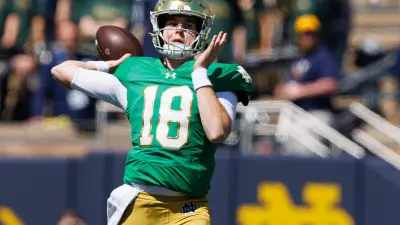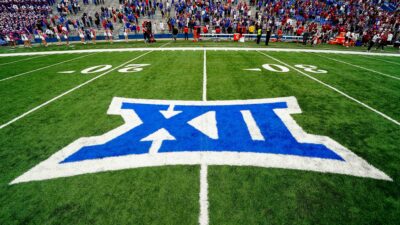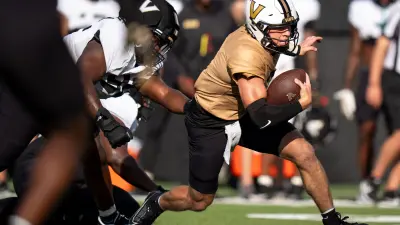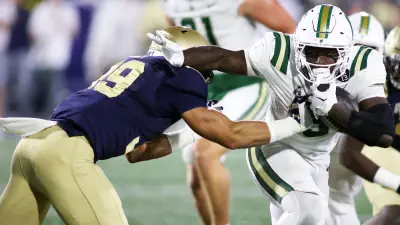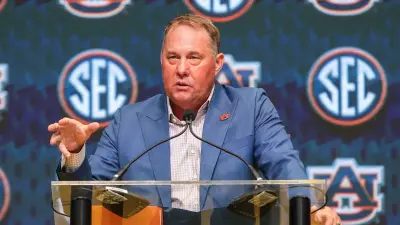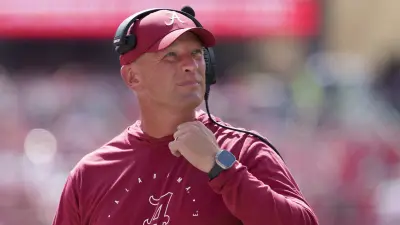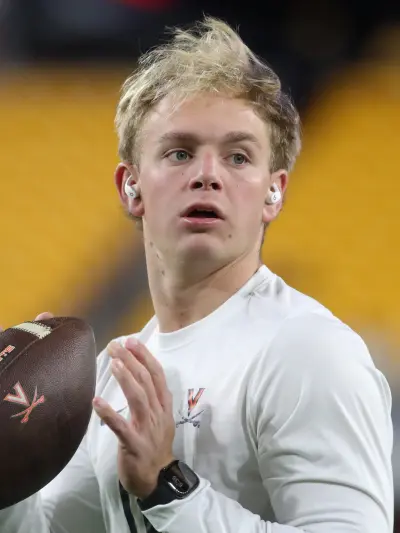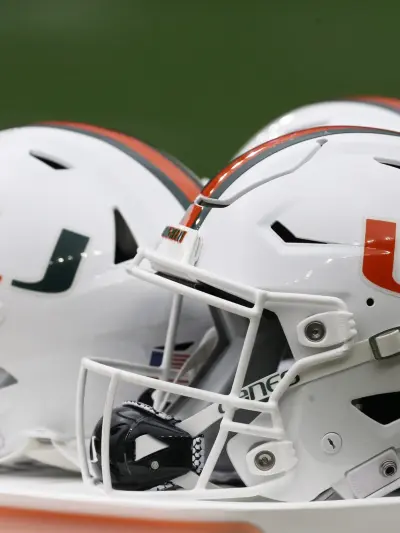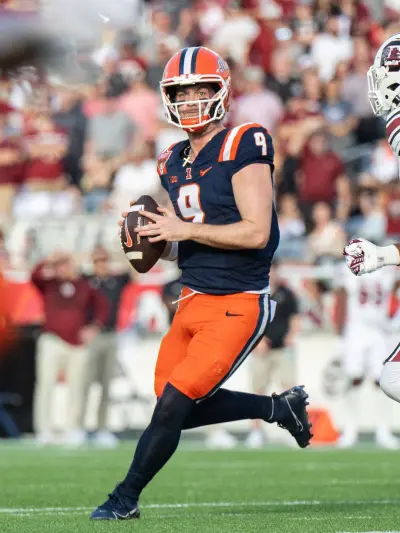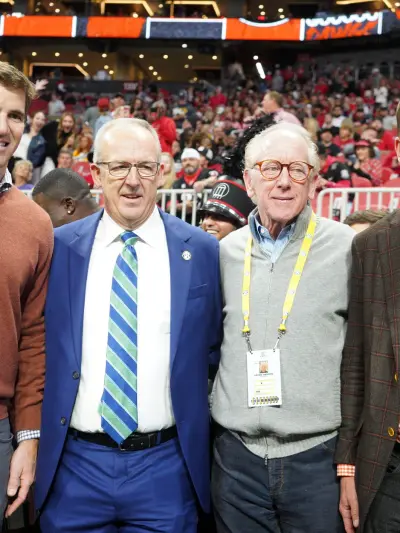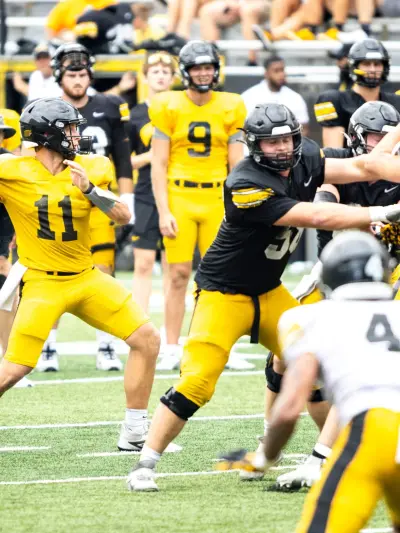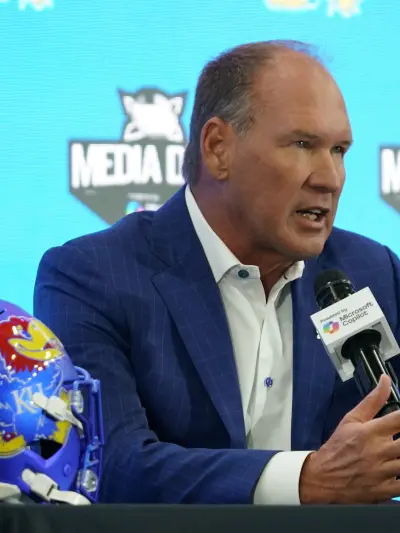By Kyle Golik
More than a dozen years ago, I was at the news stand and I caught former Los Angeles Dodgers outfielder Matt Kemp on the cover of Forbes Magazine. The cover headline featuring Kemp and Major League Baseball was “The New Moneyball,” with the subhead declaring they had a gold mine due to the local, streaming, and national streaming rights. What attracted me to the magazine and columnist Monte Burke’s work was from the cover that declared Kemp a “$160 million television windfall.”
In a lot of ways, how baseball was and still is booming with the sheer amount content it can produce, college football is similar due to the vast amount of talent spread across the nation. As NIL enters its fourth season, Opendorse, a technology partner in the athlete endorsement industry, released its annual report reviewing the past three seasons, and projecting potential earning moving forward.
https://twitter.com/opendorse/status/1807821760605061226
The projection on NIL earnings for the 2024-2025 scholastic year is to approach $1.67 billion across all levels of NCAA, this is up from $917 million in the 2021-2022 year, and should hit $2.55 billion next year.
What is the primary driver of this is football, in particular Power 4 college football. Of the projected $1.67 billion market spend, $1.1 billion will be spent on college football players with $905.1 million projected for Power 4 football players. In the Opendorse report, they project football earnings to be three times that of men’s basketball ($388.9 million overall), nearly 10 times of all Olympic athletes ($134.4 million), and nearly 15 times that of women’s basketball ($75 million).
Through Opendorse’s research with both collectives and commercial agencies, football athletes will command 75% of the compensation given from each.
More Sports News
Opendorse through their research and connections with The Collective Association (TCA – a trade association comprising 40 of the top collectives across the NCAA), determined collectives will spend 93.3% of its resources on football and men’s basketball.
What the NIL compensation looks like for the Top 25 earners between collectives and commercial opportunities show a football player can expect to earn $294,134 annually, and that isn’t the most. That distinction belongs to a Top 25 earner in men’s basketball which is expected to be $349.492 nearly four times more than their women’s counterpart making $88.975 annually.
To put the football numbers into perspective, the median NFL Salary in the 2023 season was $860,000, an FBS Top 25 earner is at minimum making a third of that.
When you start hearing and reading that an athlete entering the transfer portal is a “business decision” and usually end their announcement with a “respect my decision,” Opendorse has found there is legitimate merit to these statements. Transfer athletes earn nearly 1.4 times more per activity and nearly 1.7 times more total annual compensation. It surely pays to hit the portal not only on the field but also off the field.
Off the field, the influence of having agent representation is profound, athletes with representation will earn nearly 3.4 times more compensation than that of an athlete who forgoes representation per activity they perform. Annual compensation is even more fruitful for represented athletes as Opendorse estimates an athlete with representation will have 5.3 times the annual compensation than that of an athlete who does not have representation.
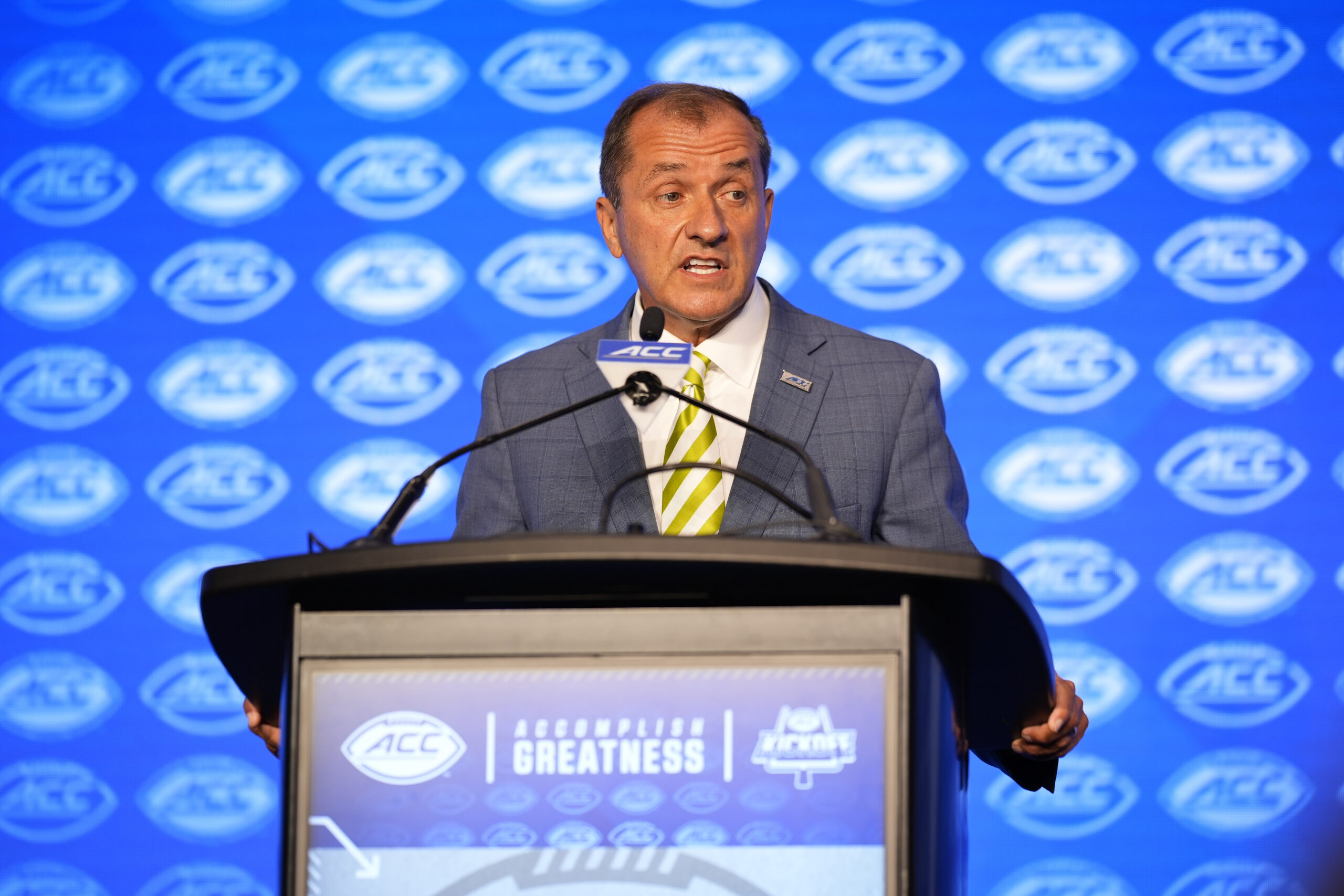
As I concluded the Opendorse report, they suggested greater than 55% of top spending collectives finished Top 20 or higher in overall athletics success, proving the arms race is here in college football.
What the report didn’t reveal was a breakdown in the Power 4 between the “Super 2” in the Big Ten and SEC versus the ACC, but it showed in a post-realignment chart that the “Super 2” will command 71% of the market activity. With so much of the market activity with these two conferences it will be a race for the nation’s best to flock to these schools not only for the education and ability to play, but also for the best opportunities.
It’s a statistic like this that only accelerates the eventual demise of the ACC as they have the smallest NIL Market Share of the Power 4 at 8%. Power schools like North Carolina, Clemson, and Florida State won’t sit idle as they won’t be able to compete with the “Super 2” conferences. They know to attract top talent, they must have the opportunities not only on the field but also off of it.
The power of collectives is noticeable, when you, as a fan, see your collective as for $5 or any sort of donation, these numbers goes to show how hypercompetitive everything is, and every dollar really does count. Look at what Southern Methodist recently achieved, through their “ACC Competitiveness Campaign,” they surpassed their $125 million goal and have raised $159 million during the 2024 fiscal year.
The overall picture is collegiate athletics, any semblance of amateurism at the highest level is dead and non-existent. As the years go on, begin to notice how your school attempts to monetize things, you might ask yourself this never was like this before, but collegiate athletics at the highest level are nowhere like it has been.
